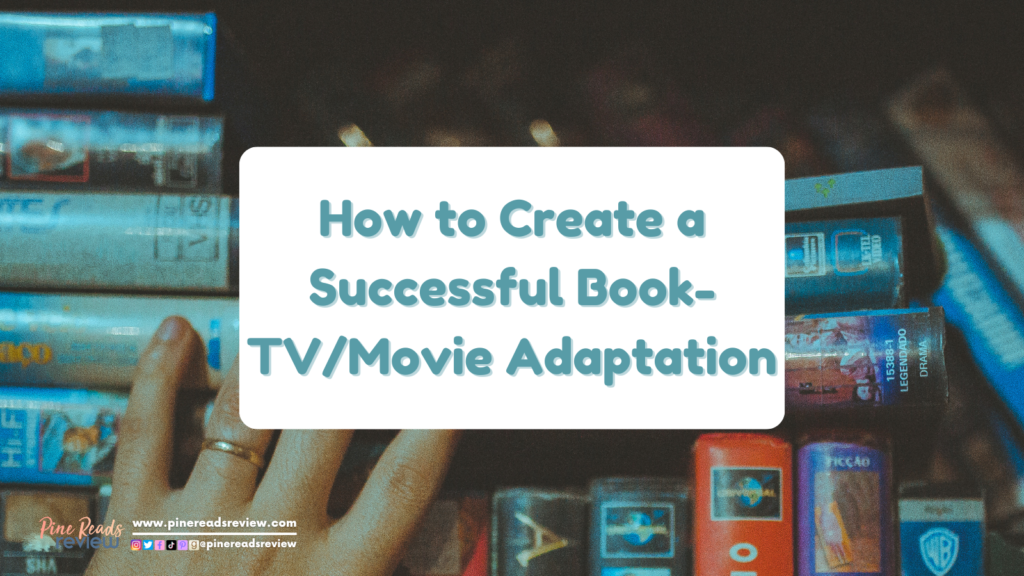
No one knows the book and its core messaging better than the author who spent so much time carefully constructing it. While not a reality for all adaptations (notably in the case of much older books), including authors in the directive process whenever possible is crucial to a faithful and successful adaptation. Out of everyone, the author of a novel is the person with the most insight as to what choices and changes will dramatically impact the essence of a story and what changes will not have any significant impact.
While I’m not advocating for full fan control of movies/shows, I do think the growth of the reading community on social media platforms presents a unique opportunity to increase fan input in adaptation projects. Looking at the strong reader fan bases on social media and asking fans what they want to see in the adaptation of the books they have loved so much is important. Lending fans a partial role in the creative process, will ensure a more universally beloved TV show or movie. As seen with previous adaptations (both successes and failures), fans of the book can be a show/movie’s strongest supporters or harshest critics, so hearing from this demographic is an important step in developing a strong work of media.
As any reader knows, watching your favorite scene from a book be left out from its adapted movie or television show is crushing. While no adaptation can (or should) replicate scene-for-scene everything in its corresponding novel, it is important to stay true to the essence of the book. This can mean different things, but essentially prioritizing the inclusion of main characters and their respective arcs, key plot points, and anything that drastically alters the trajectory of the narrative. Again, this can change based on the original story; while a New England setting or a Dodgers baseball game might be minor details in some books, they may form the entire backbone of other novels. The implications of each of the author’s decisions are essential for directors to be aware of and take into account. With that being said, there IS room for flexibility in adaptations, especially if the story being adapted is especially outdated. Too often, a rigid adherence to certain elements of a book have led to an alarming lack of diversity in characters and storylines that does far more harm than good. While directors should take care to understand and include key elements of a novel when creating an adaptation, these standards shouldn’t be so stiff that they eliminate any possibility for growth, improvement, or inclusion.
Something really wonderful about storytelling is that stories can have such a wide range of interpretations and impacts on audiences. Understanding that a work of media may reach different people in different ways and having a team with diverse opinions, experiences, and backgrounds will only enhance the quality of any show or movie and improve its audience reception.
One of the most exciting moments for a reader is learning that a favorite book will be put on the big screen, but with that excitement comes an apprehension that any adaptation will not do justice to the story. While the suggestions on this list are in no way mandatory or complete, they provide a framework for directors to build a successful adaptation that will satisfy book lovers of all backgrounds.
Sam Parker, PRR Writer